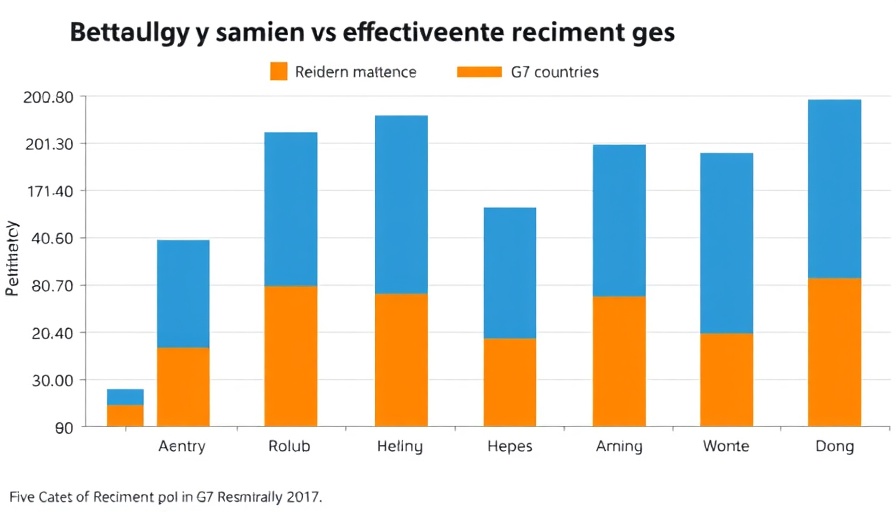
Employers Tune Out Employee Needs on Benefits
Today, businesses are facing a significant disconnect concerning what employees want from their benefits packages. According to HUB International's latest report, nearly three-quarters of employees indicate they would consider remaining with their employer longer if their benefits were tailored to their individual needs. Yet, what employers believe their workers value diverges sharply from the reality.
The Flexibility Factor: A Critical Oversight
Of particular concern, flexibility and work-life balance scored as the top priorities among a survey of 1,500 full-time employees. A whopping 41% of respondents highlighted these factors as their most valued benefits—more than salary itself! Strikingly, only 22% of HR decision-makers recognized this trend. This indicates a critical gap in understanding employee priorities that can greatly impact retention and engagement. For many employees, especially those aged 18-44, financial wellness also emerged as a key need, substantially influencing their productivity.
Health Matters More Than Employers Realize
Healthcare benefits are essential to total rewards packages, according to the latest findings. Alarmingly, while 41% of employees claim health concerns disrupt their attendance and engagement, only 20% of employers identify health issues as major productivity factors. The gap is concerning—it’s clear many leaders fail to grasp the core issues affecting their workforce, particularly younger employees who feel the weight of these challenges more acutely.
The Student Debt Crisis: An Overlooked Stressor
As student debt lingers as a barrier to financial wellness, employers are beginning to recognize its impact. With an increasing number of employees indicating that managing their debt is highly stressful, companies need to adopt robust employee retention strategies. Some progressive organizations are considering innovative solutions like converting unused PTO into cash, student debt support, or 401(k) contributions. It’s a start, but much more comprehension and responsiveness from leadership are crucial.
Steps Toward Employee-Centric Benefits
Organizations that prioritize people-first leadership are more likely to cultivate high-performance cultures. By aligning benefits with employee needs, they can not only enhance retention but also improve workplace morale and productivity. This paradigm shift in workforce strategy will ultimately create more engaged employees, leading to healthy organizational growth.
In conclusion, with the relationship between employee satisfaction and performance at its core, organizations can no longer afford to ignore the feedback from their workforce. It’s time to listen, evolve, and implement necessary changes in order to foster a more productive and engaged workforce.
 Add Row
Add Row  Add
Add 




Write A Comment